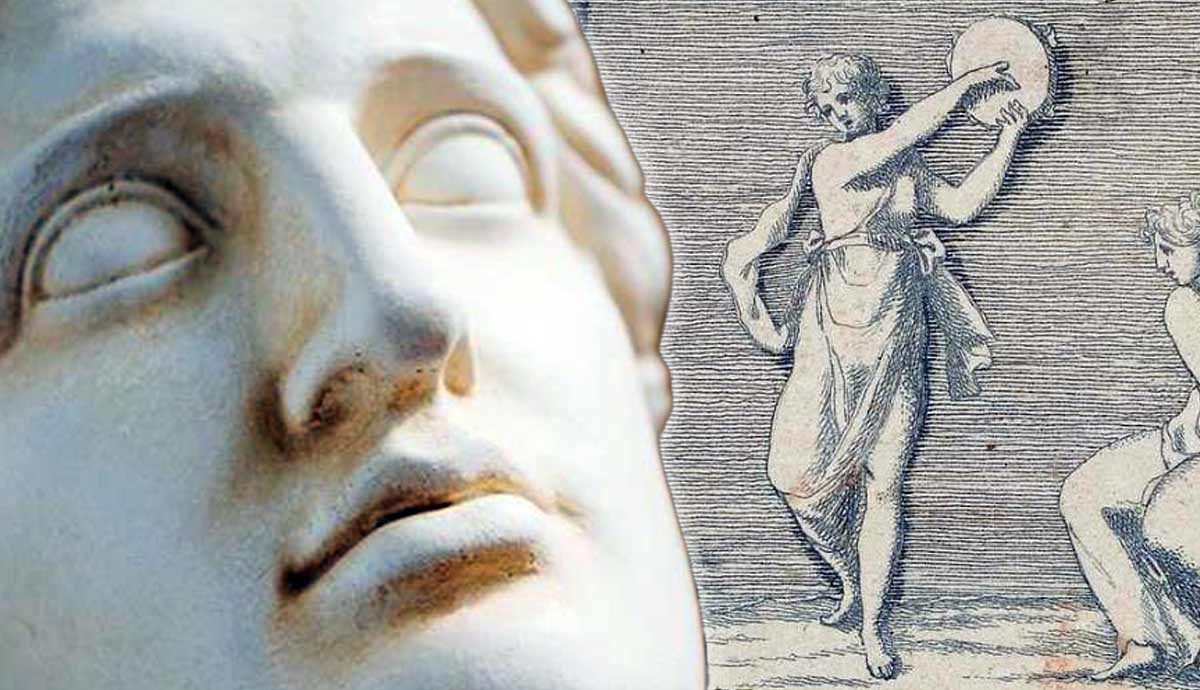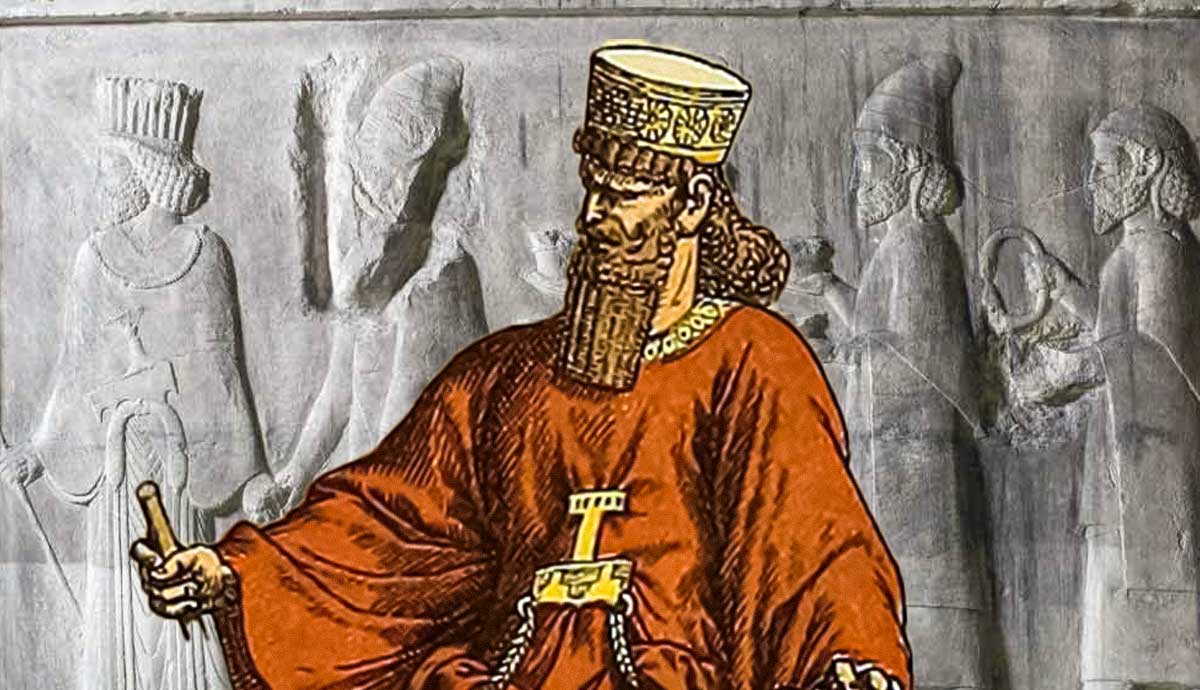
In the legends of King Arthur, the famous capital city of the king is Camelot. Yet despite the fact that the Arthurian legends are based in a historical setting, Camelot itself is widely regarded as fictional. It is considered to have been an invention of the French writers who greatly expanded on the Welsh legend of King Arthur. However, this does not necessarily mean that there was no authentic inspiration for this royal court. By looking at the descriptions of Camelot in the Arthurian legends, can we identify it as a real location?
Why Camelot Seems Fictional

The reason why Camelot is generally taken to have been a fictional place is quite clear. It is not mentioned in any early medieval texts concerning Britain, such as the list of cities in the Historia Brittonum. Furthermore, it is not mentioned in any of the Welsh sources about Arthur, or about Britain in general, throughout the whole medieval period. In fact, it does not appear anywhere at all until the 12th century.
Its first appearance is in Lancelot, the Knight of the Cart, written by Chretien de Troyes in the 1170s. Here, Chretien mentions that Arthur left his court at Caerleon and traveled to Camelot on an Ascension Day. Due to the late date at which Camelot is first mentioned, it is ostensibly obvious that it must have been fictional. For this reason, searching for the “real” Camelot is usually seen as a futile task because it never really existed. The very name, like “Lancelot,” suggests that it was invented by Chretien, a Frenchman.
Why Camelot May Have Been a Real Place

The problem with this argument is that, in reality, it only suggests that Camelot was not a location genuinely associated with Arthur in the 6th century. However, this does not really have anything to do with the question of whether or not it existed. For example, Tintagel is not mentioned in connection with Arthur until the 12th century, yet it is obviously a real place. Likewise, Arundel is first mentioned in association with Arthur even later than that, but it, too, is a real place.
The first appearance of any given location in the Arthurian legends does not necessarily tell us whether it was a real location or not. It merely indicates how likely it is to have been historically associated with Arthur.
Therefore, the fact that Camelot was first mentioned in the 12th century does not mean that it was not based directly on a real location. Chretien may well have been thinking of a real place, but given it a fictional name. Similarly, Jane Austen gave the fictional name “Sanditon” to her version of the perfectly real town of Bognor Regis.

While this is all well and good in theory, is there any evidence that the medieval romance writers were actually describing a specific, real location when they referred to Camelot? As it happens, we find such evidence in the preface of Sir Thomas Malory’s Le Morte d’Arthur, written in the 15th century. This preface was written by William Caxton, the publisher. He refers to the fact that the grand stone walls of Camelot were still visible in Wales and were regularly visited by many people.
This does not necessarily tell us anything about any potential historical connection between Arthur and Camelot. It does, however, tell us that William Caxton evidently had a specific place in mind when he referred to Camelot. The Camelot that Caxton mentioned was, therefore, by definition, a real place. Of course, this does not necessarily mean that all the other writers who mentioned Camelot were thinking of the same location. What do Thomas Malory’s own words indicate regarding this?
Sir Thomas Malory’s Alternative Name for Camelot

In the main text of Le Morte d’Arthur, written by Thomas Malory himself, we find a very interesting piece of information about Camelot. Malory tells us directly that Camelot is “Winchester” in English. The traditional understanding of this is that Malory identified Camelot as the city of Winchester in England. However, not all scholars agree. It has been argued that when Malory provided the name “Winchester” as the English name for Camelot, he was actually providing a translation, not necessarily an identification. This argument was suggested by archaeologist and historian David Nash Ford.
The reason that this is significant is that “Winchester” is the English translation of the Welsh place name “Caerwent.” This is the name of a prominent town in southeast Wales. Since Caxton, the publisher, explicitly placed Camelot in Wales, it has been argued that this understanding makes more sense. Otherwise, Caxton would have been directly contradicting the very work that he was publishing. But is Caerwent consistent with what Caxton and Thomas Malory said concerning Camelot?
The Grand Stone Walls of Camelot in Wales

In short, the answer is yes. Many scholars have argued that Caxton may well have had Caerwent in mind when he referred to Camelot as a real place in Wales. The reason is that, as mentioned before, Caxton stated that Camelot’s grand stone walls were still visible. Of course, there were many impressive stone ruins in Wales in Caxton’s time. However, King Arthur was thoroughly associated with southeast Wales. Caerleon, in particular, was widely regarded as one of Arthur’s main courts.
Two locations stand out as having particularly impressive Roman ruins in the vicinity of Caerleon. One of them is Caerleon itself. For this reason, some scholars suggest that Caxton was referring to Caerleon. The other site is Caerwent. This seems more likely, on the basis that Caerleon and Camelot were usually distinguished from each other. The weight of evidence, therefore, suggests that the Camelot of Caxton and Malory was Caerwent, a real place.
Saint Stephen’s Church

However, even if Caxton and Thomas Malory were specifically thinking of Caerwent when they mentioned Camelot, this does not necessarily apply to other medieval writers. As we look back over the references to Camelot between Chretien and Malory, are they likewise consistent with Caerwent?
Generally speaking, there is not enough information to say. However, one notable fact is that Camelot was regularly described as having St Stephen’s Church in it. Malory himself includes this detail. Winchester has never had a St Stephen’s Church. On the other hand, there is a St Stephen’s Church in Caerwent. The foundations of this church seem to go back to the early medieval period, possibly even the 6th century. Of course, this does not prove that other medieval writers who mentioned Camelot were necessarily thinking of Caerwent. Nevertheless, it is consistent with that conclusion.
Perhaps most important of all is the question of whether this identification is supported by the words of Chretien himself, the earliest known writer to mention Camelot.
Is This Consistent With Chretien?

Let us consider closely what Chretien actually said about Camelot: “King Arthur, one Ascension Day, had left Caerleon and held a most magnificent court at Camelot with all the splendor appropriate to the day.”
According to this statement, Arthur left Caerleon and arrived at Camelot on the same day, Ascension Day. He even arrived early enough to “hold a most magnificent court” that day. Taking this statement at face value, this would mean that Camelot would have had to have been well within a day’s journey of Caerleon. Caerwent certainly fits that criterion.
Unfortunately, this is the only thing that Chretien tells us about Camelot. Nevertheless, it definitely does lend credence to the idea that Caerwent was the “real” Camelot. While Chretien did not provide enough information to make the location he had in mind for Camelot clear, this is perfectly consistent with the later references to Camelot. Caxton’s description of its grand stone ruins being visible in Wales, combined with this detail from Chretien, surely makes Caerwent the obvious candidate.
Was the Legendary Camelot Based on Caerwent in Wales?

In conclusion, what can we say regarding whether or not Camelot was inspired by a real place? We must remember that this question is different from the question of whether or not Camelot was really the court of a 6th-century king named Arthur.
What we have seen from this investigation is that the first mention of Camelot places it well within a day’s journey of Caerleon in southeast Wales. Caxton, in the 15th century, definitely had a real location in mind when he mentioned Camelot. The most likely location for Caxton’s Camelot is Caerwent, and this is consistent with Chretien’s brief description. Thomas Malory’s reference to Camelot being called “Winchester” in English must be a reference to Caerwent, if we harmonize it with Caxton placing it in Wales. The repeated references by medieval writers to St Stephen’s Church in Camelot further supports this conclusion.
Therefore, it is entirely possible that the medieval writers were actually talking about Caerwent when they described the town of Camelot in Arthur’s kingdom.









